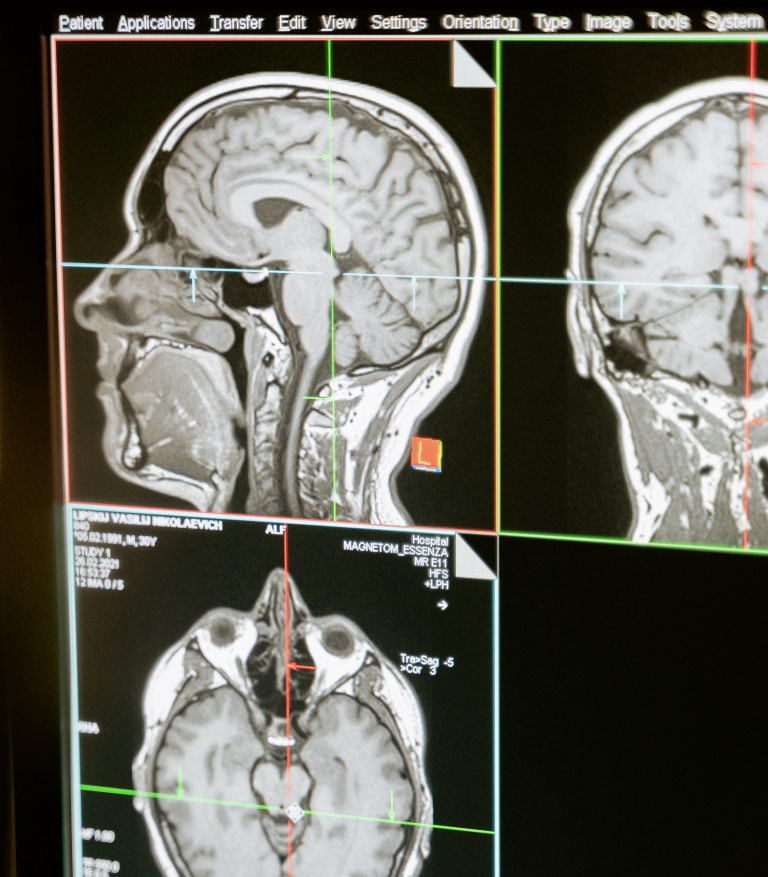It’s well-known that the world around us holds a ton of secrets. We can go as far as possible, but we still won’t be able to pick up all there is to explore within its every aspect. Nevertheless, the vastness in play here hasn’t discouraged us for a second. Instead, we have used it to inspire us towards a better version of ourselves. This growth pattern is easily visible across different takes the world has had in regards to how we can maximize the human potential. Now, even though the upwards trajectory stretches from a long way back, it observed what has so far been its biggest bump only when technology entered the conversation. You see, the creation made such an instantaneous impact that it felt like we have truly reached our ceiling. After all, what could be better than this groundbreaking piece of human imagination? Well, as the world will find out, there was still a whole lot in store. Eventually, we’ll get to it, and the results would land beyond our expectations. The benefits of allowing technology its space to grow will make a far-reaching appearance in our lives, thus helping us in scaling up rather significantly. One area, however, where it dropped the biggest upgrade was of healthcare. With limited knowledge, the sector was pretty much hitting the wall when technology came to the rescue. Since then, it has been a ride built on constant innovation and convenience. In fact, owing to an even better brand of technology available now, the sector is looking intently at that next step, and a recent creation from John Hopkins University might just end up being our key to it.
A team of scientists at John Hopkins has successfully managed to link-up molecular labelling and certain imaging techniques for creating a three-dimensional map of the blood vessels. The invention is designed to study movement and location of stem cell populations, which can provide us with an idea about how stem cells and blood vessels react to an injury or disease. This information can play a big role in enhancing the way we go about something as critical as tissue engineering. If used effectively, tissue engineering can fix or replace any loss of bone in the skull, but up until now, the methods to gauge facts within here have been severely limited. For instance, we don’t really have many detailed maps that can act as a blueprint in the said regard. Furthermore, our body tissues being obscure by default have also has kept the studies from making a meaningful breakthrough.
To solve the issue, researchers developed a series of tissue processing, staining, and imaging steps. They started things off by using immunofluorescent stains to label cell types and blood vessels with identifying tags. Next up, they used a special chemical to reduce the tissue opacity. Once the team had a clear view of the skull area, they used lightsheet microscope to get high-resolution pictures.
The initial tests have been conducted on mouse, and if reports are to believed, the results look highly encouraging.




